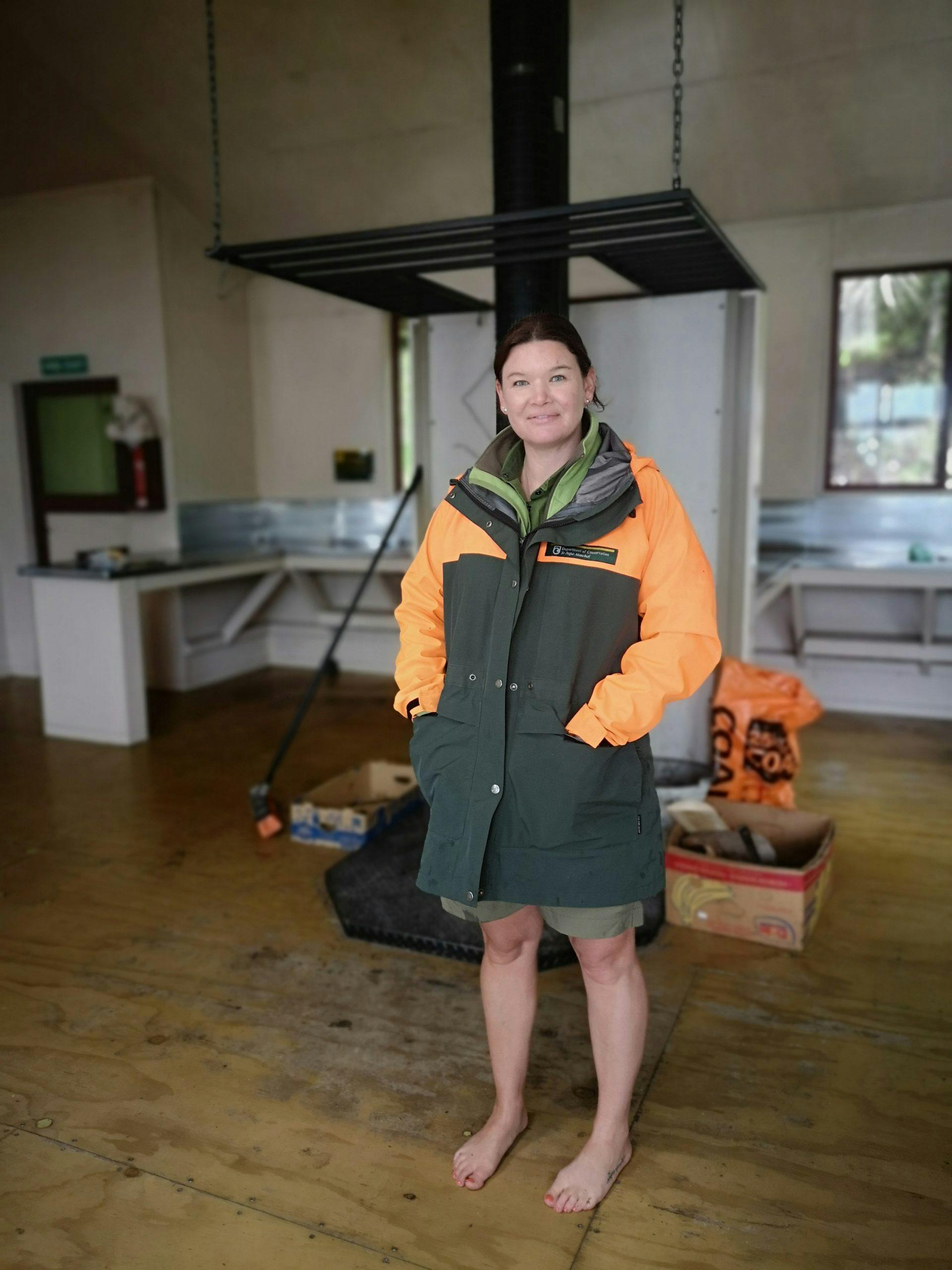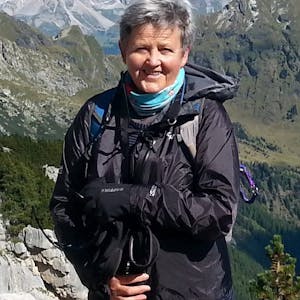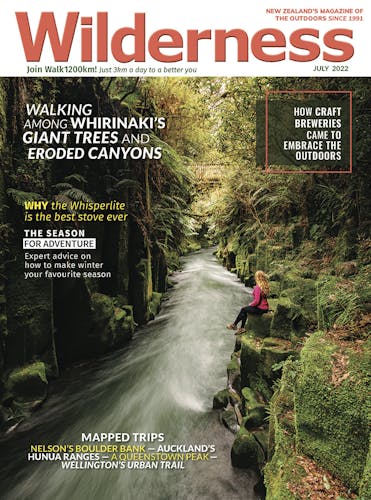A DOC and iwi initiative in Nelson Lakes National Park has helped protect an alpine lake from a new environmental challenge.
Walking in the footsteps of her ancestors and protecting a lake with the world’s clearest freshwater, made last summer rather special for Kylie Batt (Ngāti Apa ki te Rā Tō).
It certainly made up for leaving her job as a rafting and caving guide with Charleston’s Underwater Adventures, where she’d worked for 11 years before COVID knocked tourism for six.
Instead, Kylie spent the summer at Blue Lake Hut in the upper Sabine Valley, employed as the first-ever dual hut warden/iwi guardian for Rotomairewhenua (Blue Lake).
The hut and its adjacent clear blue lake have long been a popular side trip for trampers walking the Travers-Sabine Circuit. However, since becoming part of Te Araroa Trail the area has been overwhelmed.
People camping and cooking beside, and swimming and washing in, Rotomairewhenua had become particularly problematic from both a cultural and biodiversity perspective.
NIWA scientists have established that Rotomairewhenua contains the clearest natural fresh water in the world.
The lake is spring-fed from Rotopōhueroa / Lake Constance, its water passing through landslide debris that filters out particles and gives Rotomairewhenua its clarity and intense blue-violet colour.
Now there’s a new threat to it staying that way; a microscopic organism known as lake snow, which can pollute lakes with slimy, sludgy brown algae. Lake snow has been detected in lakes Rotoiti and Rotoroa and no one knows how to get rid of it. Fears are that it will spread to Rotomairewhenua and Rotopōhueroa.
Local iwi, Ngāti Apa ki te Rā Tō, used Rotomairewhenua for traditional cleansing ceremonies, to release the spirits of deceased men. Rotopōhueroa was used for ceremonies involving deceased women. Both lakes are regarded as tapu.
The decision to employ a hut warden for Blue Lake Hut revolved around addressing both the biodiversity threat and cultural dimension, says John Wotherspoon, DOC Nelson Lakes operations manager.

“Rotomairewhenua is so significant to Ngāti Apa ki te Rā Tō, we invited the iwi to suggest someone suitable for a dual hut warden/iwi guardian role.”
When Batt saw the job advertised, she contacted her elders to tell them she was interested. “They completely supported me and I started last December,” she says.
“The region has always been highly significant to our iwi. They were quite nomadic and they started walking through these valleys hundreds of years ago.
“They made the first tracks and when you walk there now you think, wow. You feel their presence.”
For Batt, carrying 10 days’ worth of food as she followed her ancestors’ tracks for a day and a half’s walk up the Sabine Valley made for a slow trip. And sometimes challenging. “My first day was during severe flooding. Yes, I am a tramper but I’ve never been into such extremes.”
Batt worked 10 days on, four days off. Her role has been multi-faceted, including hut warden duties, pest control and biodiversity work. She’s enjoyed monitoring lizard tunnels. “It’s been exciting discovering what lives way up in this backcountry.”
However, the main role was to protect Rotomairewhenua. The lake snow present in Rotoiti and Rotoroa could be easily brought to the lake on trampers’ boots or gear.
“It’s not like normal algae. It floats just below the surface and is hard to detect,” says Batt. “People won’t even know there’s contamination.”
Batt ensured people didn’t camp by the lake or put themselves or their gear – water bottles, towels or underwater cameras which could all introduce lake snow – into the water.
“It was important to get word out about lake snow,” she says. “People could have picked the algae up on their boots or gear and carried it with them. Unless their gear is completely dry, the algae can easily spread.”
There was also the fear of people walking up the valley and spreading it to Rotopōhueroa / Lake Constance.
“That lake is also extremely sacred. It is the ‘female’ lake, the mother lake that feeds Blue Lake so if it gets contaminated, well, it goes hand in hand.”
Batt found that people were keen to listen.
“A lot had already seen the media stories and park signage and were eager to learn more. They were interested in both aspects, iwi and biosecurity. Some were disappointed because they’d travelled all this way and wanted to drink the water, or put their GoPro in to film the clarity.
“However, being disappointed and disrespectful are two different things, and most were just disappointed. As iwi, I would never wish to touch that water. I respect it too much.”
Wotherspoon says the new role was successful. “We received positive emails from trampers about Kylie and her demeanour, about how she engaged with everyone, in particular families with children. It’s hard to know what behaviours might have occurred had Kylie not been on the spot.”
Funding permitting, DOC will continue the guardian role next year.








